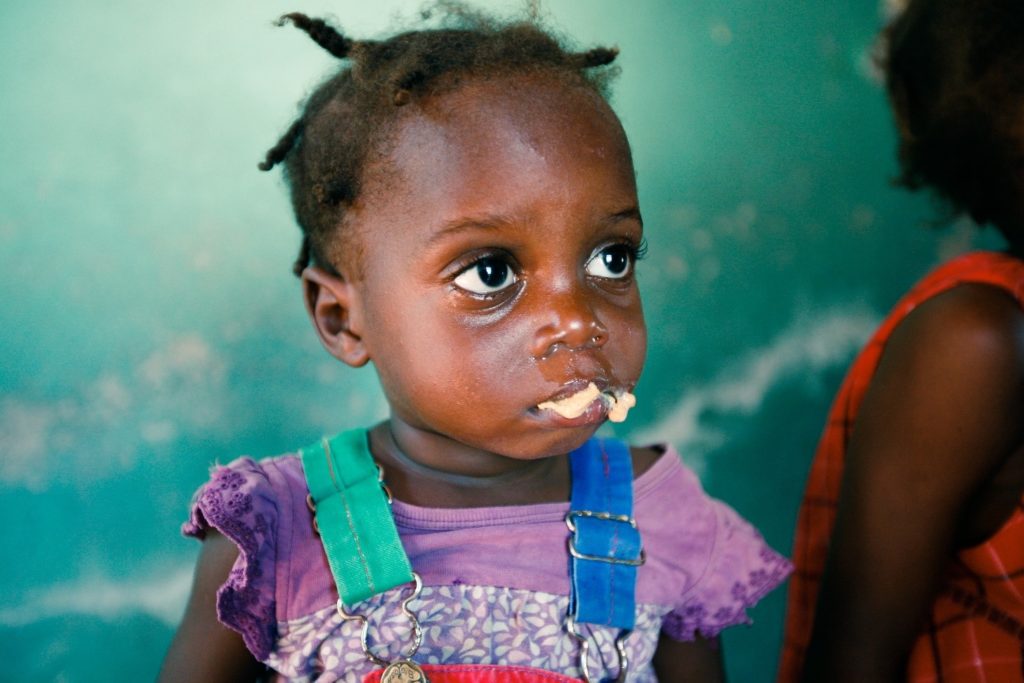gosNEW YORK – The Asian and Pacific regions are home to more than 50 percent of the world’s undernourished children. According to a new report issued this week by four separate United Nations agencies, the two regions will suffer “colossal human loss” if the countries there “do not recommit themselves to ending all forms of malnutrition and achieving zero hunger by 2030.”

“Asia and the Pacific Regional Overview of Food Security and Nutrition” was the first ever joint report by the Food and Agriculture Organization of the United Nations, UNICEF, the World Food Program, and the World Health Organization.
The report reveals that the region is home to 79 million children suffering from stunting, 34 million children suffering from wasting, and another 12,000,000 undernourished children suffering from acute malnutrition.
- Stunting is a chronic condition of malnutrition defined by the World Health Organization as “the impaired growth and development that children experience from poor nutrition, repeated infection, and inadequate psychosocial stimulation.” Consequences of stunting include poor cognition and educational performance.
- Wasting is a consequence of malnutrition in which muscle and fat tissue waste away due to an extremely low energy intake and sicknesses that result from low intake and high loss.
- Acute malnutrition, according to UNICEF, is the most extreme and visible form of undernourishment. Acute malnutrition is a major cause of death for children under the age of five. Children with acute malnutrition are frail and skeletal and are nine times more likely to die at an early age than a well-nourished child.
The report explains that 486 million people in Asia and the Pacific are undernourished because progress toward the UN’s Sustainable Development Goal #2 has “stagnated in all subregions.”
While the report faults “limited or poor access to safe water, sanitation, and hygiene” as drivers of malnutrition, it also blames alleged climate change and rapid urbanization for a lack of planning that includes sustainable, nutrition-sensitive considerations. The report, in fact, claims that “local city governments and urban planners must become the new nutrition partners and nutrition policy advocators in tackling these challenges.”
Ironically, at the same time, the report cites poverty and inequity as “the principal causes of hunger and malnutrition,” adding that those people are “predominantly rural, mostly employed in agriculture, young, (and) poorly educated.” In that sense, it blames countries in the region for under-spending on the agricultural economic sector and failing to adequately support agricultural research.
A rather surprising conclusion of the report is that the failure to invest in agriculture will contribute to an inadequate supply of nutritional food to feed the growing urban population.
The bottom line of the report is that progress toward eliminating undernourishment in Asia and the South Pacific is “clearly not sufficient to achieve the zero-hunger target by 2030.”
We have yet to hear from the United Nations what the consequences will be if this or any of the other Sustainable Development Goals are not met at either a statistical or a practical level.
To read more news on the undernourished and the problem of malnutrition worldwide, go here.
Sources:
- Sight Magazine, Hunger stalks Asia’s booming cities – UN agencies
- Food and Agriculture Organization of the United Nations, UN agencies raise alarm over weakened fight against hunger and malnutrition in Asia and the Pacific
Image Source:
- By Alex Proimos from Sydney, Australia (Mouthful) [CC BY 2.0], via Wikimedia Commons
For more information about this, click here.




